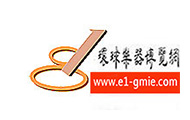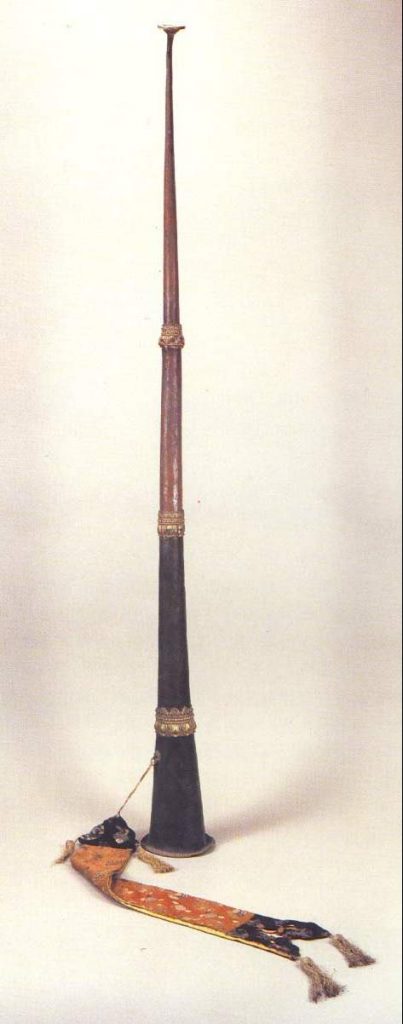
银铜角
铜角
唇簧气鸣乐器。用铜制故称。起源于牛、羊等兽角,磨去角尖端,制成吹口,以双唇为簧片。也曾用木或竹制,原始社会常用作狩猎围捕时的信号。约北齐时用铜制,隋唐时期尤为流行。常用于军队礼仪,也用民间节日喜庆,婚丧活动时的吹打乐中。西藏喇嘛寺庙的铜角,最长者可达3米,发音低沉、森严。
TONGJIAO: COPPER HORN
Lip-vibrated aerophone. Copper (tong) and animal horn (jiao) are its materials, thus the name. Cattle or sheep horn is made into a mouthpiece by grinding its end. While blowing, lips are used as reeds. In the times of primitive tribes the instrument, made of wood or bamboo, would be played for signals in hunting. Copper was not used as material until the Northern Qi Dynasty (550~577). And its popularity was in the Sui and Tang times (581~907). The occasions for the playing of this horn are military ceremonies, folk festival celebrations, weddings and funerals. The version in Tibetan Buddhist temples, deep and severe in sound, can be as long as three meters.
未经允许不得转载:環球樂器博览网 » 铜角 TONGJIAO: COPPER HORN
 環球樂器博览网
環球樂器博览网




评论前必须登录!
登陆 注册